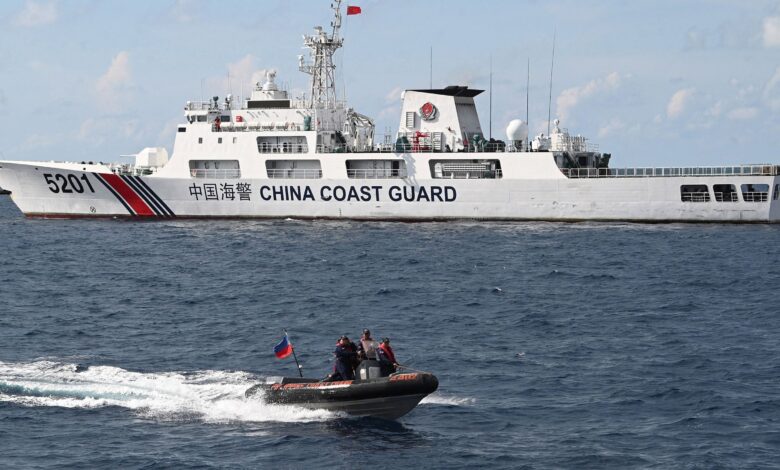
A first major development for the international maritime dynamics is that the China Coast Guard has reported that it had participated in a joint patrol in the Arctic Ocean with its Russian counterpart just recently. The report speaks for itself-to the extent that increasing cooperation between Beijing and Moscow are involved-but signals a much greater Chinese ambition to enter strategically crucial Arctic regions.
The Joint Patrol
According to a report by the China Coast Guard, this joint exercise effectively expanded its operational reach and tested capabilities in unknown waters. Although it did not say where the patrol was deployed, a photo released by the CCG showed great patriotic enthusiasm on the mission, with banners declaring loyalty to the Communist Party of China.
The USCG has been very alert to this. It recently reported the sighting of four vessels from the Russian Border Guard and the Chinese Coast Guard transiting in formation in the Bering Sea but in a way that, for example, seems to be ahead of operations that may extend into the Arctic Ocean. For USCG Rear Admiral Megan Dean, “It paints the picture of high attention to the Arctic by Russia and China.”
Strategic Significance of Arctic
Climate change has exposed tracks that are previously impassable to shipping. New opening routes such as the Northern Sea Route that connects Asia to Europe are fast emerging. China too has sought to establish itself as a “near Arctic state” through major investments in icebreaker technology and research endeavors to strengthen its reach.
China’s 2018 policy on the Arctic states its vision of building a “Polar Silk Road,” developing trade routes across the Arctic. Its activities are directly supportive of these economic interests because it foresees a tremendous surge in the use of the Northern Sea Route once climate change reworks the geography of the Arctic.
Military and Economic Dimensions
The relations between China and Russia in the Arctic are multi-layered. First of all, they are a military issue, acting as a counterbalance to Western influence – primarily to the United States. By the way, the latter has had a pretty strong presence there for a long time now. Joint patrols signal to Washington that China and Russia have their interests and are ready to take a firm stance together, challenging the domination of Western powers in the affairs of the Arctic.
Economically, this cooperation will benefit the intentions of both countries through exploitation and export. The rising energy demands in China make any investment by it into the Russian Arctic oil and gas ventures perpetually gain strategic importance. Ties between these two states are getting well-established particularly since Russia’s isolation following their activities in Ukraine that tempted more joint military exercises and patrols.
Operational Capabilities and Concerns
Still, analysts have questioned the operational realities of such patrols. Patrolling the Arctic is typically only feasible in vessels equipped with advanced icebreaking capabilities-a necessity for navigation in these conditions.
There are many who doubt that Chinese vessels have indeed invaded the Arctic Ocean, but their experience in the Bering Sea is certainly an important step on the way to asserting their presence.
Hence, the US and other friendly countries of this region are taking more stringent interest in these arrangements. The pending strategic alliance between China and Russia may forecast this region to look forward to a new security situation, which, in turn, may mar the climate for balance in international politics there.
According to reports, in its newly released report, the US Department of Defense warned that increased cooperation between such nations as that would pose a threat to stability in the region.
Arctic
Competition for resources and the strategic position will only continue to surge with climatic changes that keep the Arctic open. Joint patrols by China and Russia indicate coordinated steps to secure their interests with every militarized feature as an imperative complement with the economic one as well. The Northern Sea Route will be the most critical corridor of trade, which will see cargo transit levels reach record highs in the years ahead.
The size of CCG operations across Arctic waters is likely to lead to competition regarding rights of passage, territorial claims, and environmental protection. Now that new game plans of nations face enhanced ambitions by China, high theatre action is going to unfold in the Arctic Basin.
China’s entry into the Arctic Ocean through cooperative operations with Russia is a landmark in the development of maritime strategy in this niche. Both will signal their intent at reshaping the landscape of the Arctic as they pursue economic ambitions tied to military cooperation. That makes a vigilant United States and its allies ready for an Arctic scenery that will present competition among geopolitical interests unfolding.




